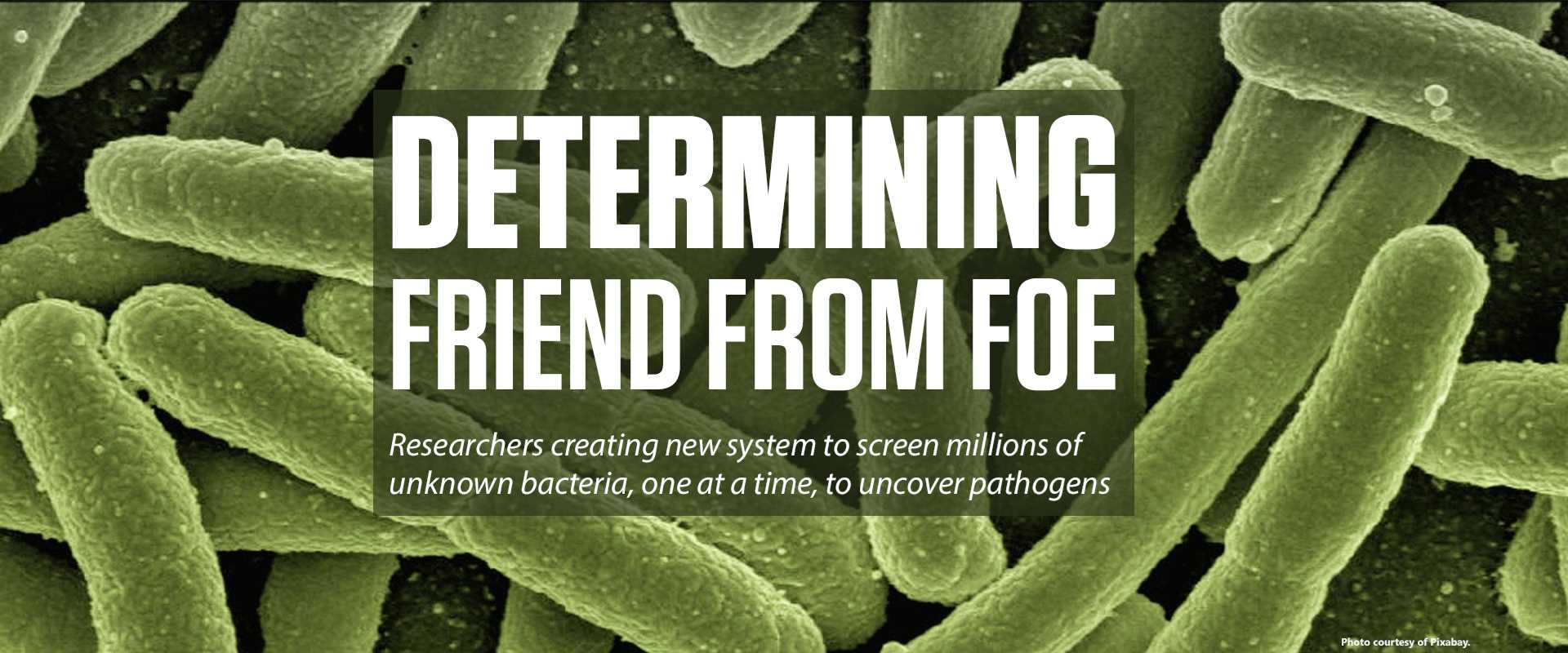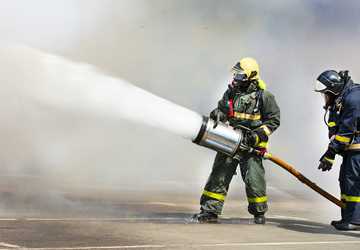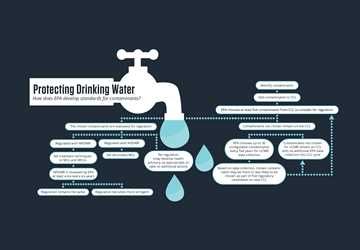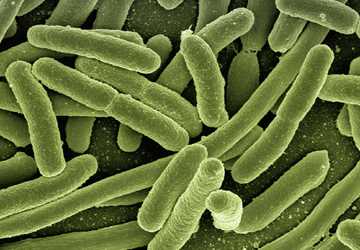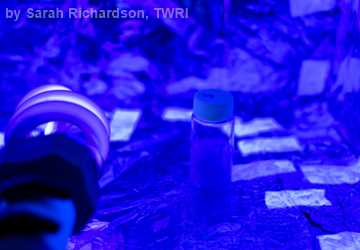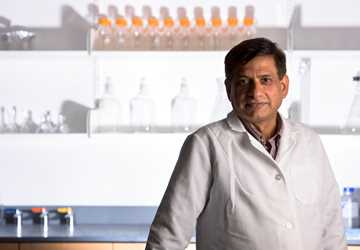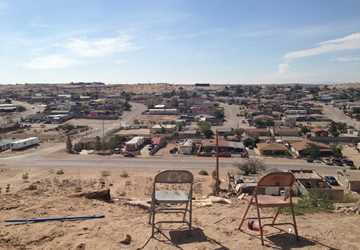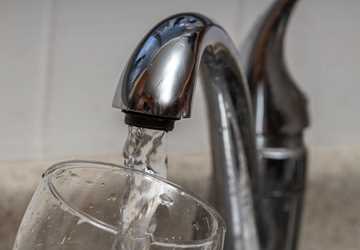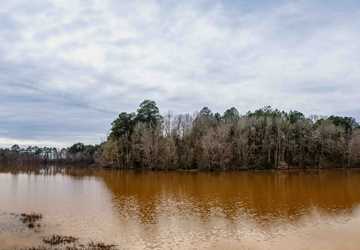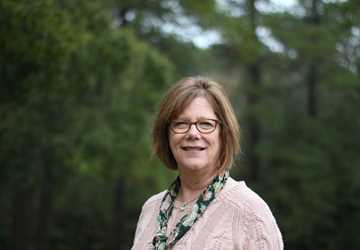A group of Texas A&M University researchers is leading a study to find new ways to quickly determine whether unknown bacteria in soil and water are friends or foes.
The group is part of a $14.2 million, four-year project of the Friend or Foe Program of the Defense Advanced Research Projects Agency (DARPA), a federal agency of the U.S. Department of Defense (DOD).
According to DARPA, the likelihood of military personnel deployed to different areas of the world or global travelers encountering new or unknown pathogens is growing. Its Friend or Foe Program aims to build a platform that rapidly screens many unknown strains of bacteria at once to distinguish harmless organisms — friends — from harmful organisms — foes — as, or before, they threaten the military, the public or even animals.
The problem: millions of unknown environmental bacteria
Even though many pathogens in the environment are very well characterized, there are still millions of bacteria that are either unknown or very little is known about them, according to Dr. Arum Han, professor in Texas A&M’s Department of Electrical and Computer Engineering and one of the project’s co-principal investigators.
The current understanding, Han said, is that only about 1% of the microorganisms in the environment are known, and even among that 1%, only a small percentage is well understood. Of those millions of unknown bacteria, some are “friends,” but some may be “foes.”
While information learned from this research will potentially help DOD identify possible genetically engineered pathogens that could be used for bioterrorism, Han said the more common application will be identifying new or naturally occurring, but unknown, pathogenic bacteria.
“The chance of having naturally occurring pathogens in the environment causing issues is probably a much higher risk than bioterrorism,” Han said. “We know there are way more microorganisms out there. Just probability-wise, there have to be a whole bunch of bad pathogens that we do not have a clue about.”
A group of Texas A&M University researchers is leading a study to find new ways to quickly determine whether unknown bacteria in soil and water are friends or foes as part of a project of the Defense Advanced Research Projects Agency.
More Information
- Bacteria and pathogens: Determining friend from foe in soil and water, Texas A&M University Health Science Center's Vital Record
- Playing 20 Questions with Bacteria to Distinguish Harmless Organisms from Pathogens, DARPA article
- Friend or Foe, Defense Advanced Research Projects Agency program
- See "lab-on-a-chip" devices in action in this 5-minute video from Johns Hopkins Institute for NanoBioTechnology
Want to get txH20 delivered right to your inbox? Click to subscribe.
The solution: screening the millions, one at a time, to determine pathogenic properties
To distinguish the pathogens from harmless bacteria, the team is working on defining what characteristics should be measured to determine the pathogenic properties of the bacterial cells as well as a device that can actually measure and screen for these properties rapidly, one cell at a time.
Principal investigator Dr. James Samuel, Regents Professor and head of Texas A&M College of Medicine’s Department of Microbial Pathogenesis and Immunology, said the three key words or phrases of the project’s screening strategy are high throughput, phenotyping and single cell. Putting those three together “is not trivial and has not been done before,” he said.
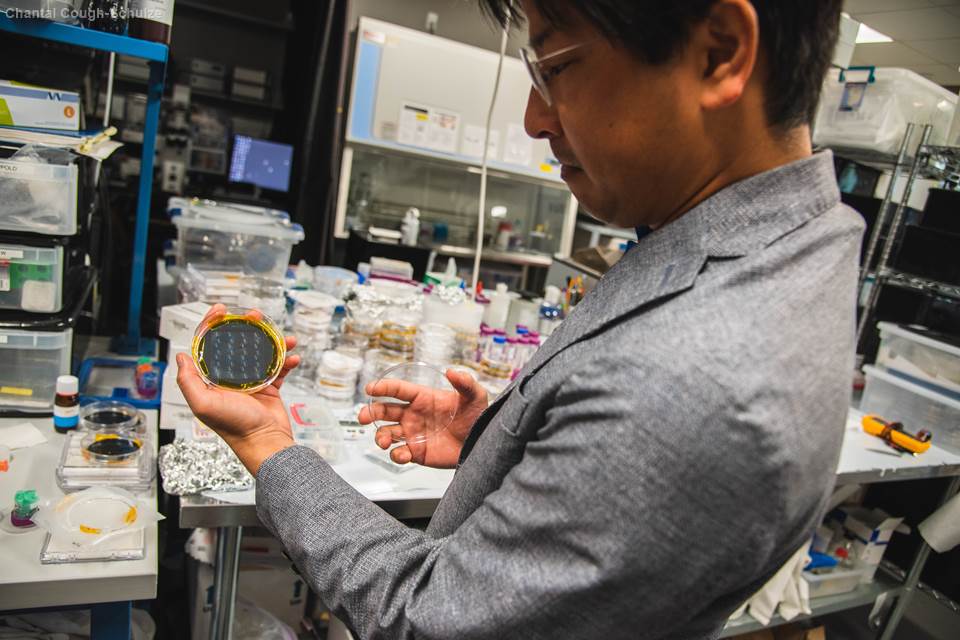
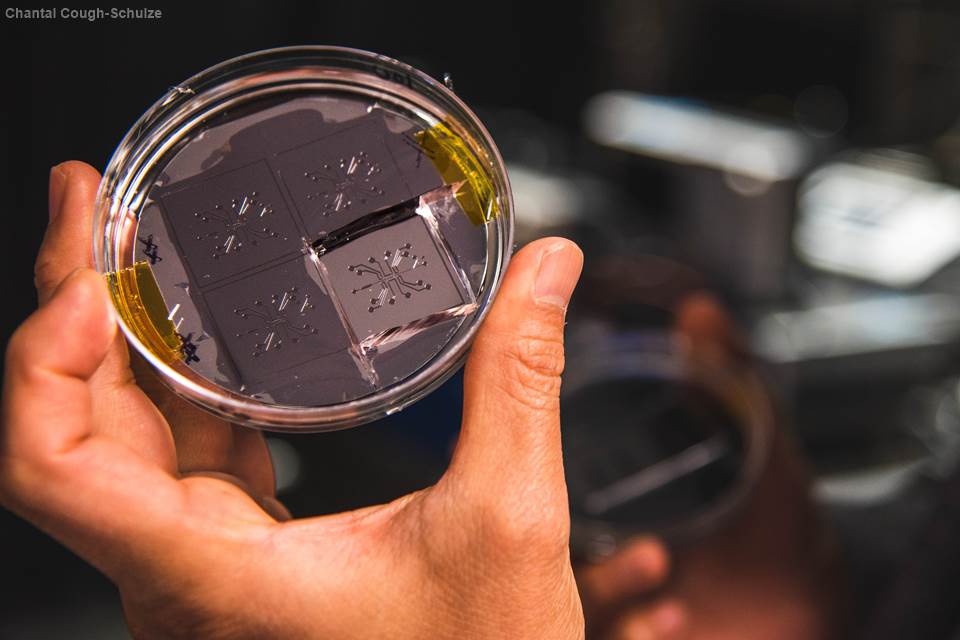
Samuel said a limited number of available microbiology techniques such as advanced DNA isolation techniques can identify bacteria and their genetic makeup, but they are not high throughput enough and are not phenotype-based identification systems.
High throughput technology means screening done very rapidly for many samples. An organism’s phenotype is its observable physical properties or functions, determined by genotype and environmental factors.
“DARPA decided to expand the universe of ways that people can detect bacteria,” Samuel said. “The agency is trying to take high throughput technologies and merge them with novel phenotypic assay systems that have not yet been created as high throughput tools.”
Phenotypic assay systems measure the presence or activity of an organism’s properties, for example, the ability of bacteria to invade a host cell or activate or repress host detection of the bacteria.
Researchers in the microbial pathogenesis and immunology department are providing guidance on understanding the host-pathogen interactions, answering questions such as: Are the bacteria producing toxins? Are they going inside a host cell? Do they survive inside the host? And do they have drug resistance?
“DARPA decided to expand the universe of ways that people can detect bacteria.”
Answering these questions at a single cell level, Samuel said, will enable the team to determine the bacteria’s phenotype and, with bioinformatic prediction tools, determine if each bacterial cell is predicted to be pathogenic.
Han said his team, based on these biological assays, “is developing tools that actually allow us to measure that host-pathogen interaction one cell at a time and allow us to do that measurement on millions and millions of cells within a very short time period.”
To do this, they will build a unique microfluidic lab-on-a-chip device that can rapidly test millions of individual cells, an essential component of the platform DARPA hopes to develop.
Han said a microfluidic device can handle very small volumes of liquid or cells. It has many micrometer-sized fluidic channels that allow millions of single cells to flow through and be controlled very accurately.
“The lab-on-a-chip device is a device where a series of high-precision cell and liquid assay steps can be integrated together to conduct a complex assay on a single chip format, thus the term lab-on-a-chip,” Han said.
He said conventional laboratory methods for collecting and measuring cells using pipettes will not work when trying to measure the properties of millions of cells.
“If I have a bacterial cell that is five micrometers in diameter, I cannot use a conventional pipette and select only a single microbe to measure,” he said. “But the microfluidic device with a tiny, tiny microfluidic channel allows me to control cells that are only a few micrometers in size and also liquid samples that are pico-liters in volume, allowing us to manipulate cells one cell at a time.”
Within the microfluidic device, the bacterial cell will be placed together with a host cell inside a water-in-oil emulsion droplet that functions as a pico-liter-volume bioreactor. Then the device will measure the interaction between the bacterial cell and the host cell.
“How the host cell responds to the bacterial cell or how the bacterial cell behaves in the presence of host cells will allow us to assess whether the bacteria is pathogenic or not,” Han said. “Since millions of these cell-encapsulated bioreactors can be rapidly generated and analyzed, screening through millions of cells and their interactions become possible.”
Applying to real-world situations
The group is starting with bacteria from soil samples from an environmental microbiology group from the University of Oklahoma, one of its project partners, but Han said they will eventually apply the technique to water samples.
Other project partners include other researchers from Texas A&M, the University of California San Francisco, the University of Virginia and Argonne National Lab.
Their goal is to have a lot of good data within the first 18 months of the project. “We may not be able to measure everything, but we should be able to measure a good number of characteristics of unknown microorganisms,” Han said.
At the end of the project, Han believes the group will have a successful and “first-of-its-kind” proof of concept for the project.
DARPA, probably best known for its groundbreaking work on the precursor to today’s internet, funds studies on futuristic research or emerging technologies, or as Han said, “high risk, high reward” projects. DARPA funded projects about 20 years ago, Han said, to develop portable chemical bioweapon detection systems that were eventually used by the military and the U.S. Postal Service.
Han anticipates that once this platform is perfected, it will be developed into a portable pathogen detection system used not only by the military but also the agricultural and food processing industries.
“A portable pathogen detection system, whether that pathogen is known or not, can be highly valuable,” Han said.
Samuel agrees such a platform will be valuable and unique.
“The big broad goal of being able to take a soil sample and determine whether there are friends or foes in the sample seems simple conceptually,” he said. “But in point of fact, it’s way more complicated,” adding that it is several orders of magnitude more complicated than what has been done before.
“And if you broke that out into some successful metrics, using, for example, this lab-on-a-chip system, you would be able to significantly advance our ability to remediate many problems inherent in areas of bacterial contamination.”
Explore this Issue
Authors
As the former communications manager for TWRI, Kathy Wythe provided leadership for the institute's communications, including a magazine, newsletters, brochures, social media, media relations and special projects.

